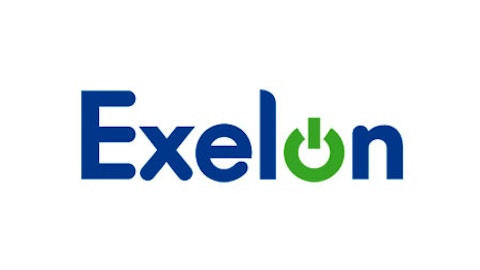
World-Wide Repercussions
What started as an earthquake off the coast of Japan quickly devolved into a nuclear disaster as nature overwhelmed the safeguards of nuclear power plants near the epicenter. The problems exposed, again, the risks of nuclear power plants. Japan has since shuttered almost all of its nukes.
At full strength, this reliable and relatively inexpensive power source provided almost a third of the country’s electric power. That’s a lot of capacity to lose in a short period of time, particularly since building power plants of any type is a long process.
The result of the shutdowns has been a dramatic increase in the importation of fuels like oil, natural gas, and coal. Unfortunately, over the last few months, Japan has been forcing its currency lower. The hope is to boost exports, which is good. However, it makes energy imports that much more expensive.
The Nuclear Option
Subsequent to Japan’s plant closures, other countries around the world also chose to pull back. That’s been bad for Cameco Corporation (USA) (NYSE:CCJ), the world’s largest publicly traded uranium miner. Before the Fukushima disaster, the stock was trading in the $40 range. Today it trades in the low $20s.
While sales have held up reasonably well, weak uranium pricing has taken the company’s bottom line from around $1.15 in 2011 to just under $0.70 last year. Reduced demand is clearly a big part of the problem. Increasing production, however, has been the saving grace for the top line.
Leveraged
Increasing production makes a Cameco Corporation (USA) (NYSE:CCJ) a leveraged play on a rebound in demand for nuclear power. The biggest boost would come if Japan decided to restart its reactors. However, there are other sources of demand, too.
For example, in 2012, the Nuclear Regulatory Commission’s gave The Southern Company (NYSE:SO) and SCANA Corporation (NYSE:SCG) permission to build new nuclear plants. That permission was granted, notably, after the Fukushima mishap.
These are expensive and complex projects that will be subject to immense scrutiny. However, both companies are financially strong and operate in the growing southeast portion of the country. So, new capacity is likely to be easily absorbed. And, despite the risks of nuclear power, it is much cleaner than the alternatives.
The investment in new power plants will help the companies earn rate increases from their regulators. Such increases will lead to top and bottom line growth, and should also result in dividend increases for shareholders. Both SCANA Corporation (NYSE:SCG) and The Southern Company (NYSE:SO) have long histories of annual dividend increases.




